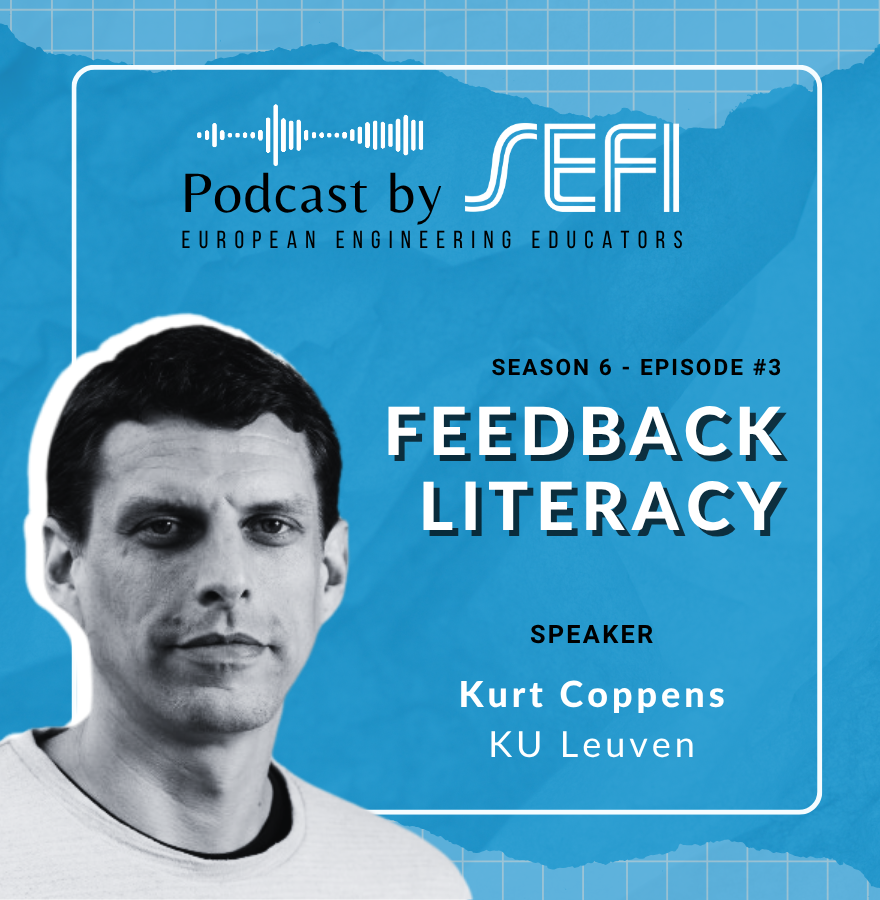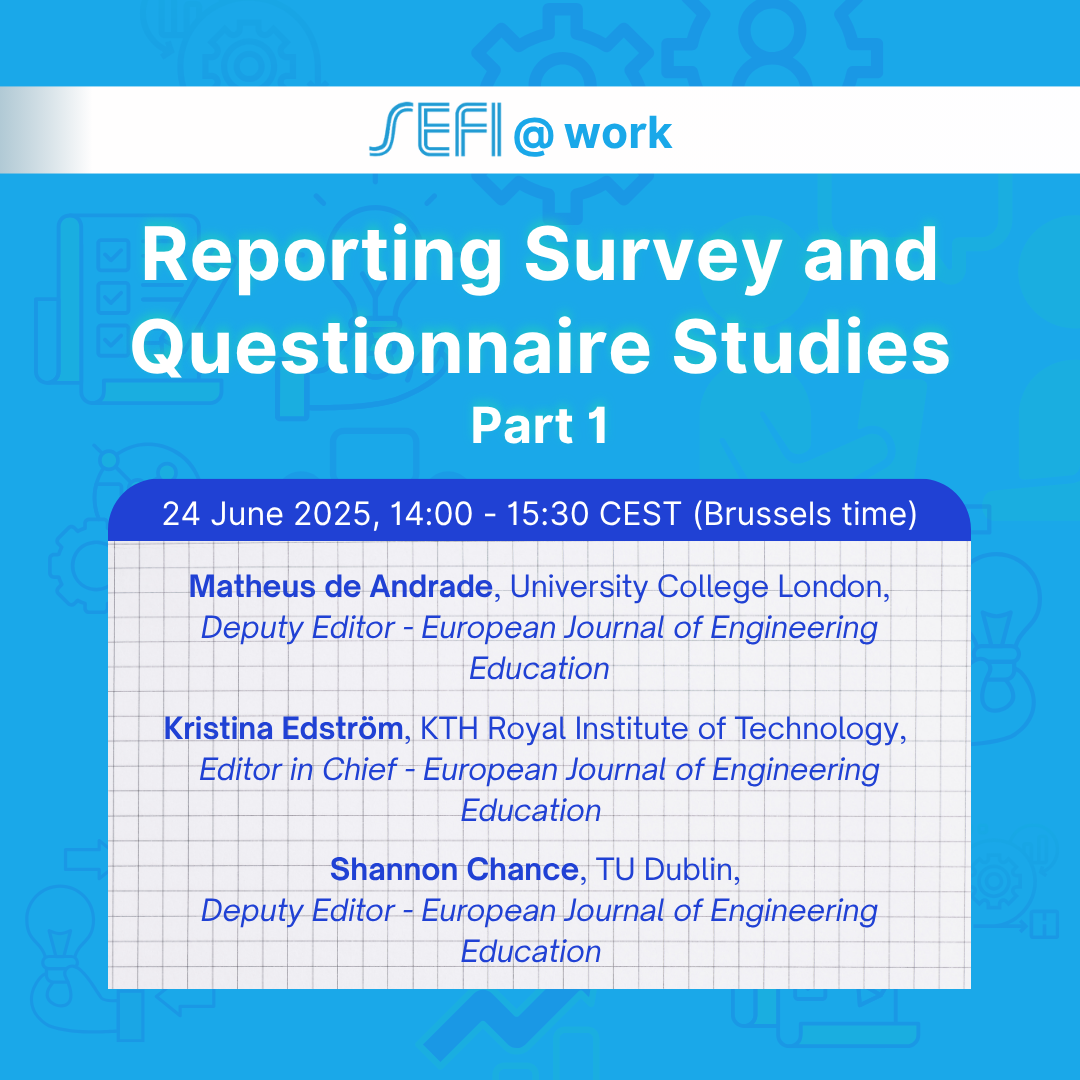Feedback is a somewhat perennial topic within higher education (HE), with increasing emphasis on students…

It concerns me that the norms of undergraduate engineering education do not develop the people and justice skills needed for development work. Our transdisciplinary Sustainable Engineering Management for International Development MSc was intended to be an equitable collaboration between engineering and social scientist students and teachers. Our plan was to develop engineers and social scientists who understood and respected different ways of working, and who are able to adopt tools from different disciplines.
In four years of delivering the programme, with students from many different nationalities and engineering schools, this ideal remains elusive. Despite a significant social science component to the course, we still find many students with an engineering background struggle to centre justice in their decision making. But is this any wonder? They have spent years being trained in objective approaches, to adopt the scientific method as the most valid way to gain knowledge. We conduct exercises in exploring privilege, how social power manifests with intersections of race, gender and ability and explore the role of emotion in engineering design in the MSc. There is enthusiastic involvement and great discussion in these sessions, but I find these concepts do not translate consistently well to the final capstone. I’m now wondering how well these concepts can compete with the deeply ingrained engineering problem solving approach that our students come into the course with. Under the stress of deadlines, there is a tendency to default to what was valued in their undergraduate training, neglecting their interview data and focusing on technical design considerations.
It isn’t a surprise since we are asking them to accept different ways of seeing and knowing, and these can conflict with our engineering training. Realising that there are epistemological and ontological differences between myself as an engineer and my social science colleagues was a threshold moment for me. That inductive approaches of understanding are a valid alternative to my previously unquestioned deductive approach was a revelation, as was understanding that emotion was not something unprofessional that needed to be controlled, but a source of data to reflect on. It comes down to finding ways of integrating being human with being an engineer, and this is not comfortable. When an ethical situation arises with a vulnerable community partner, there is no way to refer to Eurocodes for a response! It requires students and staff to stay alive to the consequences of decisions made, recognising power relations and potential impacts, and making justice a guiding principle. Do students retreat to the refuge of calculation and product-focus to avoid confronting such difficult situations as captured beautifully in this excellent cartoon by Phoebe Young? After all, getting on with a design is easier than asking if it is the right design.
We have made progress over the years and particular interventions have helped. Perhaps the most powerful intervention has been using critical reflection essays using the Reynolds (1998) model inspired by the emancipatory pedagogy of Paolo Freire. Reynolds asks us to question taken-for-granted assumptions, focus on social perspectives, surface power relations and aim for emancipation. By asking students to write about critical incidents (for example, a time they felt helpless, confused, or conflicted) and using Reynolds’ model as a guide, this type of reflection does appear to give a genuine space for the students to wrestle with concepts, gaining insight into complicity in oppressive practices and reflect on systemic barriers. But this very much a rehabilitative approach, we’re unpicking unjust practices that have been built-in by undergraduate education – so starting with change here must be the next step.

